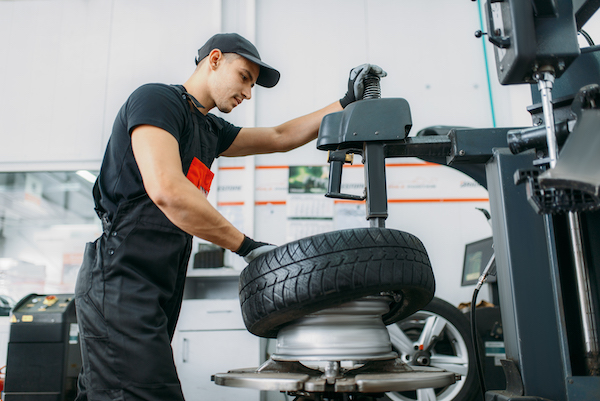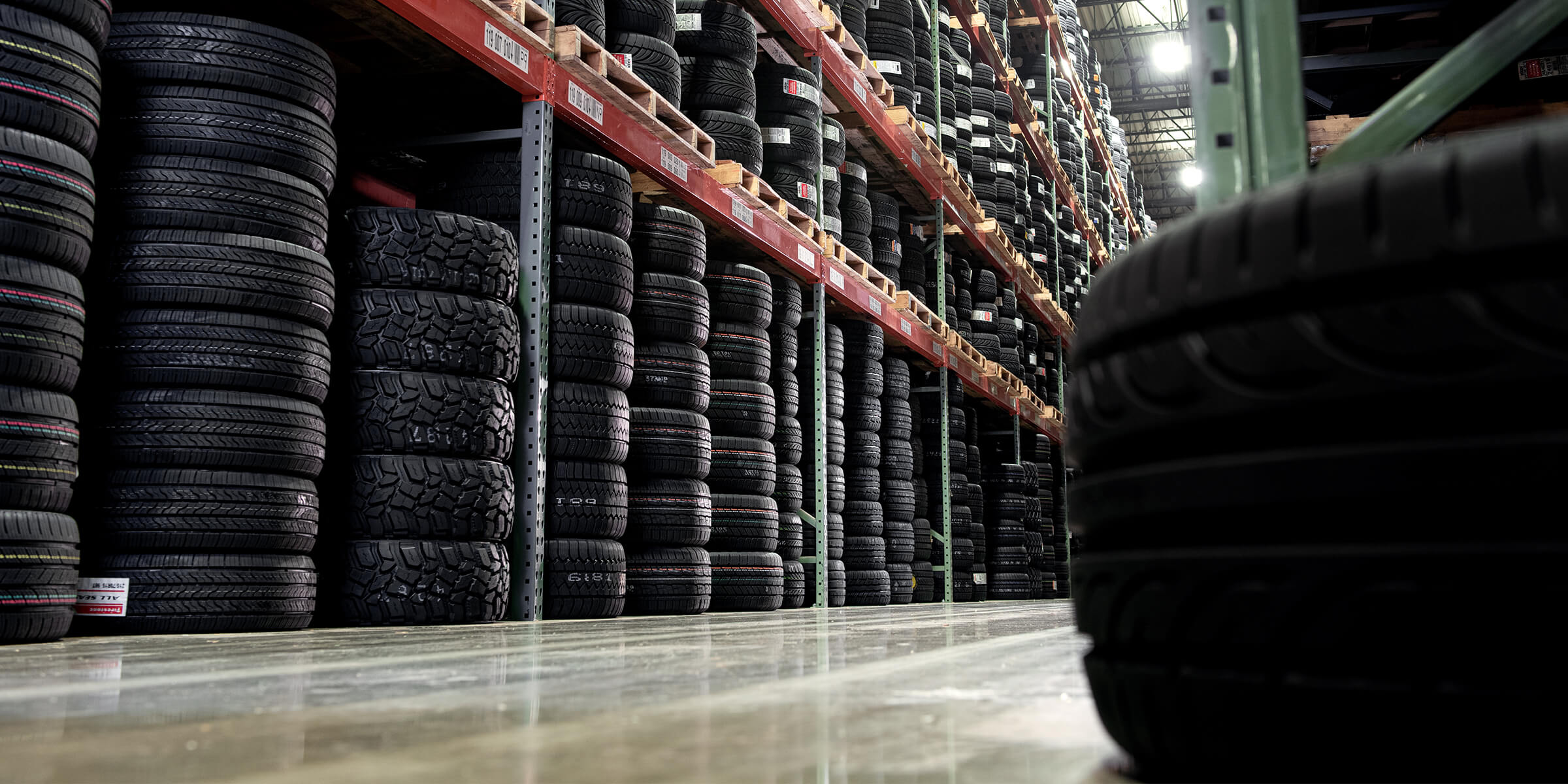Morris Tire and Alignment: Your Relied On Resource for Reliable Service
Morris Tire and Alignment: Your Relied On Resource for Reliable Service
Blog Article
Tire Solution: Recognizing Tire Pressure Tracking Solutions
Recognizing Tire Stress Monitoring Equipments (TPMS) is an essential element of maintaining optimal automobile performance and safety and security on the road. With developments in automobile technology, TPMS has come to be a common attribute in modern-day lorries, giving real-time details on tire stress degrees. Diving much deeper right into the details of TPMS, one can uncover the various elements that comprise this system and the relevance of each in making certain precise surveillance. From direct to indirect TPMS systems, the landscape of tire pressure tracking is varied, each with its distinct set of advantages and considerations. Remain tuned to untangle the intricacies of TPMS, from upkeep pointers to the undeniable advantages of keeping your tires appropriately inflated. mopar tire service specials.

Value of TPMS
The importance of Tire Pressure Surveillance Systems (TPMS) depends on their ability to improve automobile safety and security and efficiency via real-time monitoring of tire stress levels. Maintaining the proper tire pressure is crucial for ensuring optimum handling, braking, and total safety and security of a vehicle. TPMS gives drivers with immediate feedback on any kind of overinflated or underinflated tires, enabling timely adjustments to be made.
Components of TPMS
Making up numerous crucial aspects, a Tire Pressure Surveillance System (TPMS) works as an innovative security function in modern-day cars. The major parts of a TPMS consist of sensors, a control component, and a warning indicator. Sensors are generally located in the tire shutoff stem or attached to the wheel setting up, where they measure tire pressure and send information to the control module. If it identifies dramatically low pressure in any of the tires, the control module processes this information and activates a caution. The caution sign, typically a sign on the control panel, informs the motorist to examine the afflicted tire or tires. Some advanced TPMS models additionally show the real tire pressure readings for each tire, giving drivers with real-time info to ensure optimum tire efficiency and safety and security. By monitoring tire pressure continuously, TPMS aids stop accidents, reduces tire wear, and enhances fuel performance, making it an essential element for vehicle safety and efficiency.
Kinds Of TPMS

On the various other hand, indirect TPMS depends on the vehicle's wheel rate sensing units to check tire stress. This system detects underinflation by contrasting the rotational rates of the wheels. Indirect TPMS is much less pricey than straight TPMS, as it makes use of existing sensing units within the automobile.
While straight go TPMS uses extra exact analyses, indirect TPMS is less complex in style and typically requires less maintenance. Both systems have their advantages and limitations, and the option between them often depends upon aspects such as price, car make, and personal preference. Understanding the differences between these two sorts of TPMS can assist lorry proprietors make informed choices relating to tire upkeep and security.
TPMS Upkeep Tips
Conduct routine checks on the tire stress degrees and contrast them with the TPMS analyses to ensure they are regular. During tire turning or substitute, make sure that the TPMS components are handled very carefully to avoid any type of prospective damages. If the TPMS advising light illuminates on the control panel, deal with the concern without delay by examining the tire stress and the overall system for any kind of faults.
Advantages of Proper Tire Pressure
Maintaining correct tire stress, as highlighted in TPMS Maintenance Tips, is vital for gaining the countless benefits associated with optimal tire stress degrees. Furthermore, appropriate tire pressure makes sure even tire wear, extending the lifespan of the tires and promoting more secure driving problems. In final thought, the advantages of correct tire stress go beyond just tire long life; they incorporate improved gas performance, boosted security, much better automobile efficiency, and you can look here total driving comfort.
Final Thought
Finally, recognizing tire stress monitoring systems (TPMS) is vital for maintaining ideal tire stress and guaranteeing vehicle safety. By identifying the relevance of TPMS, knowing with its parts, knowing the different kinds readily available, sticking to proper maintenance ideas, and realizing the advantages of maintaining correct tire stress, drivers can improve their driving experience and lengthen the lifespan of their tires. Correct tire stress is crucial to efficient and secure vehicle procedure.

Report this page